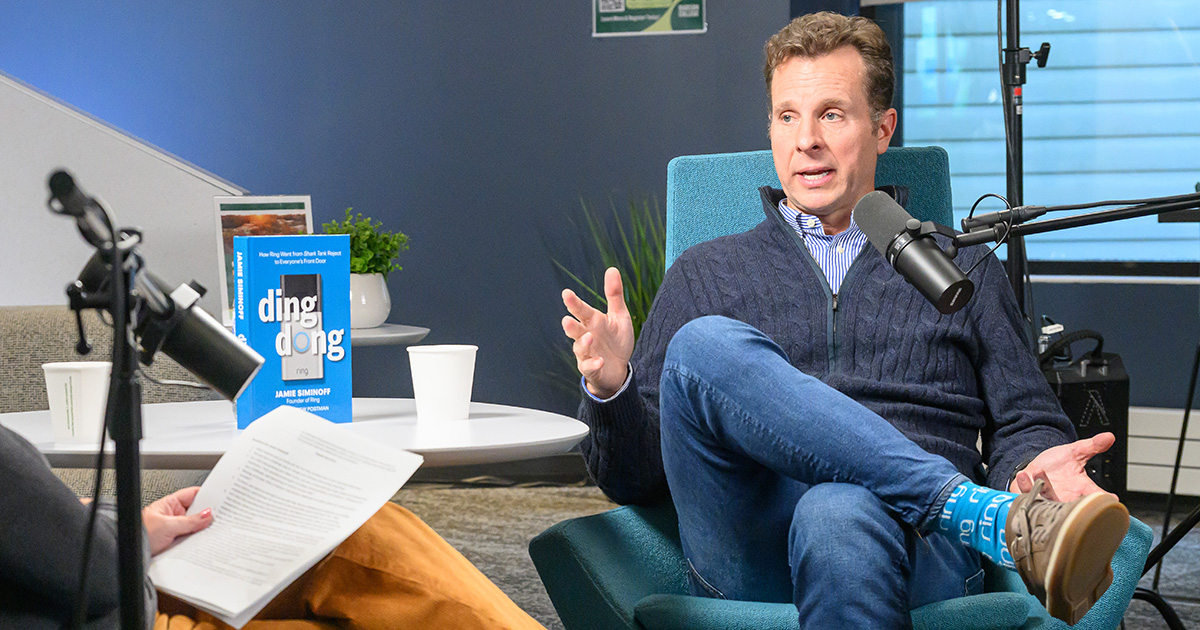Big Business, Startup Mentality

Large corporations find it difficult to innovate. For all their advantages—access to capital, existing customer relationships, patents, strong operations that can bring ideas to marketplace quickly, and more—big companies are notoriously slow to come up with curve-jumping products and services. Only three of Fast Company’s top 10 “Most Innovative Companies” this year are big global firms (Nike, Amazon, Target); most are barely on the public radar (Fab, Sproxil, Safaricom).
The oft-told story of a small startup innovating to greatness stands in contrast to the narrative of a large company caught in the innovator’s dilemma: protecting its current business by ignoring opportunities that could disrupt the status quo. In corporate environments, intrapreneurs fight bureaucracy, outdated processes, groupthink, and sheer inertia.
The history of successful innovation within large companies reveals conditions that encourage new ideas to transition from inspiration to profitable business. Here are four practices that encourage that transition.
Liberate entrepreneurial energy
Starting with Lockheed Martin’s famous Skunk Works® of the 1940s and ’50s, some large companies pursued innovation in groups separated from the main, a strategy used by Steve Jobs to build the first Macintosh 30 years ago and by Google’s Labs until 2011.
Heidi Neck, Jeffry A. Timmons Professor of Entrepreneurship at Babson College, says that’s no longer a solution. “Sequestering or hiving off innovation, imagination, creativity, and entrepreneurship does not work because the best people are being hidden and separated from the mainstream organization,” she says.
“Though [workers in an idea lab] may enjoy the nontraditional space, the rest of the organization is suffering. There is no doubt that integration is more difficult than sequestration, but in today’s increasingly uncertain environment, organizations have few options. Now it’s time to focus on building organizations comprised of Entrepreneurs Inside in order to manage the increasing uncertainty.”
Jim Clifton, chairman of polling and consulting firm Gallup, believes that innovation alone is not sufficient. In his view, the real shortage is entrepreneurial energy and talent within the corporation. As he says in his book The Coming Jobs War: “Intrapreneurs work inside companies and are … the individual and her team who create the business model that subsequently creates more customers, more demand, more product build-out, and then the miracle of quality GDP growth and authentic job creation.”
Free innovators from short-term time and money pressures
Innovation is a buzzword big companies love, but Wall Street’s demand for maximum quarterly results can be hostile to actual change. CEOs boast in quarterly investor calls, but when the numbers are read, someone is bound to ask, “Why are you wasting money in this so-called innovation lab?”
Babson College Adjunct Lecturer Ray Marcinowski comments that investment giant Fidelity’s freedom from shareholder expectations is key to its success. “Being a privately held company, they have longer time horizons for investments and that allows them to make investments in areas that are more innovative.” (This spirit has caused admirers to label it a technology company that happens to handle investments.)
Foster diversity in thought and experience
Groupthink is the enemy of innovation, and it begins with hiring people with the same skills and background. People with deep industry expertise are necessary for success but not sufficient for innovation, says Marcinowski. As an example, he cites Fidelity’s practice of hiring people with a manufacturing operations background. “They would bring the process discipline of Six Sigma to an industry which for many years lacked process discipline.” Six Sigma’s power to minimize product variation proved hugely valuable in the financial industry, where tiny differences can magnify both positive and negative results.
Approach innovation from every angle
Creating a new product line is a common growth strategy, but it takes gumption to change a business model or go after an entirely new market.
Nike’s Flyknit running shoe, a big hit in early 2013, means more to the company than a cool new product. Its real innovation is in its manufacturing process, which is more like knitting a sock than sewing a shoe. It caused Nike to rethink its supply chain from end to end and make significant changes, for example, locating a plant in Brazil instead of China.
Scott Anthony, managing partner of consulting firm Innosight and author of The Little Black Book of Innovation, argues that today’s innovative companies “are thinking about innovation holistically—not just introducing new features or functions but entirely new business models.”
Business model innovations are found throughout the high-tech history: Bill Gates once scoffed at giving away Internet Explorer for free, until he realized it was the gateway to new product uses. Apple’s app store, Facebook’s platform strategy, and even Google’s advertising business had similar near-accidental beginnings.
Entrepreneurs at small startups are free to ask, “How can I add value?” In a big company, it’s hard to shed the ponderous addendum, “… in time, under budget and without threatening the core business.” But, for intrapreneurs trying to move companies forward, ignoring that addendum is the key that unlocks opportunity.
Posted in Insights





